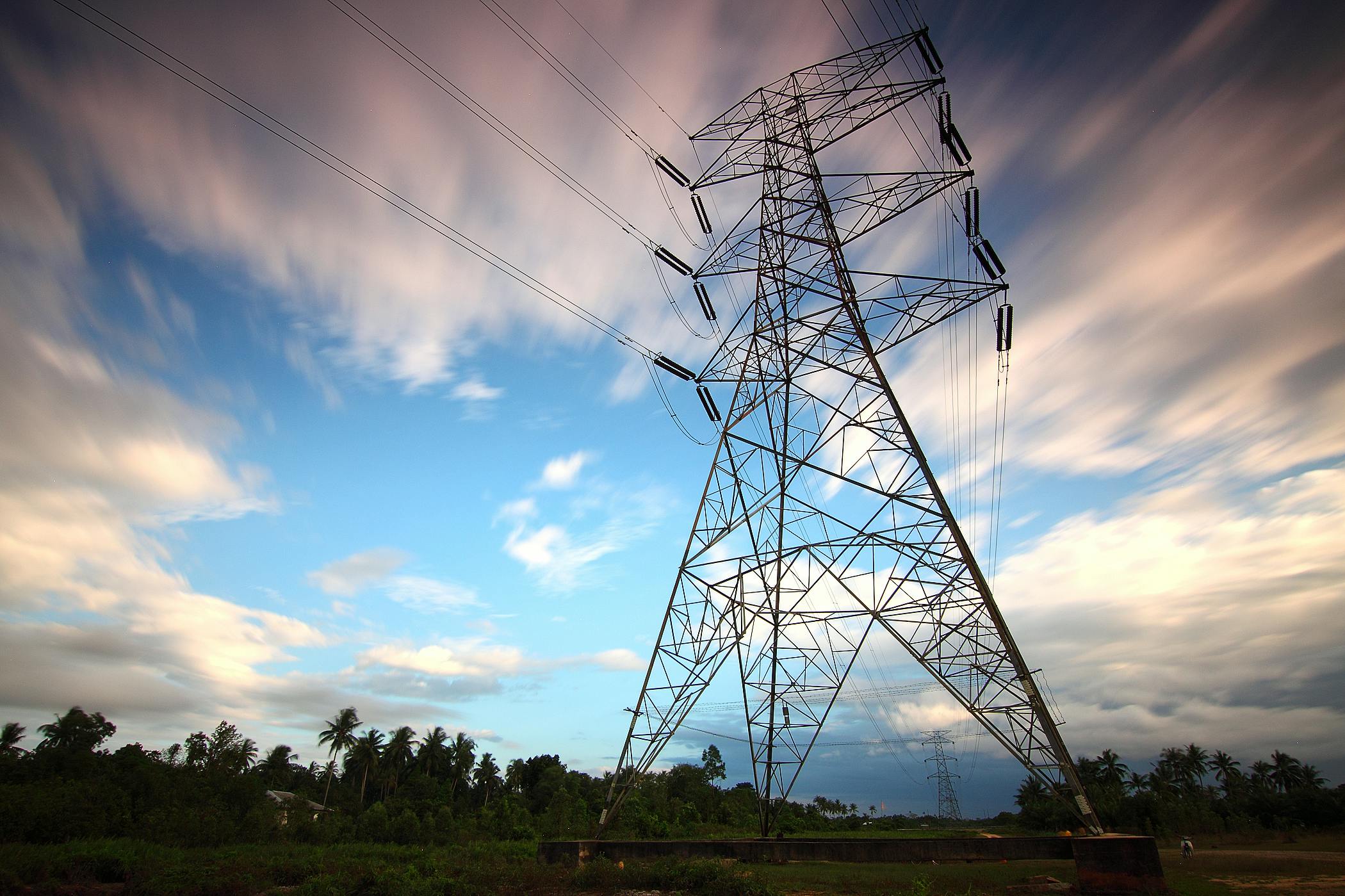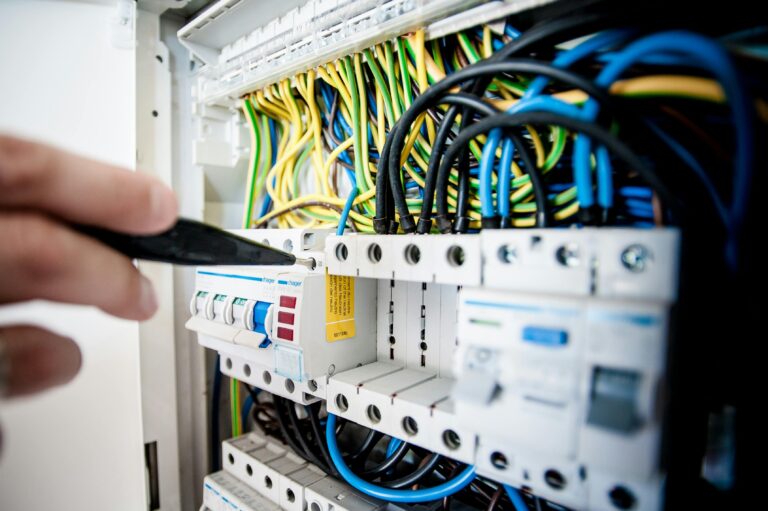SMRs Have A Debut

A transaction to launch the new reactor is a three-way agreement among Google, Kairos Power, and the Tennessee Valley Authority, according to a press release from Kairos. Kairos is still an early-stage SMR start-up. The partnership advances Kairos’ chance to be successful.
The need for electricity for AI data centers has even led Microsoft to a deal to restart the Three Mile Island reactor in a partnership with Constellation Energy. Three Mile Island suffered a partial reactor core meltdown in 1979
Semafor says the new SMR installation will be a 50-megawatt reactor, which could also power 50,000 homes.
Google, Microsoft, Meta, Amazon, and OpenAI are in a desperate search for electricity both in the US and overseas. Their need for energy has started to compete with residential customers and legacy businesses that have relied on electricity for decades. These original customers face higher rates, and in the worst case, blackouts or brownouts. Each big tech company knows it cannot lose the energy war to others.
Microsoft Legacy Play
The IAEA describes these new reactors as small modular reactors (SMR). The organization says, “Small modular reactors (SMRs) are advanced nuclear reactors that have a power capacity of up to 300 MW(e) per unit, which is about one-third of the generating capacity of traditional nuclear power reactors. SMRs, which can produce a large amount of low-carbon electricity.” Parts of them are built in facilities that may be far from where the pieces that create them are assembled on site.
Aside from regulatory issues and the fact that SMRs are start-up companies, these reactors do not generate enough electricity for large AI server farms unless there are a tremendous number of them nationwide.
More from Electricity Wars
- Electricity Gets Ugly
- Another New York City Blackout
- Air Conditioning Takes Center Stage
- COP30 And The Rise Of Solar






